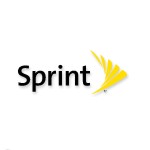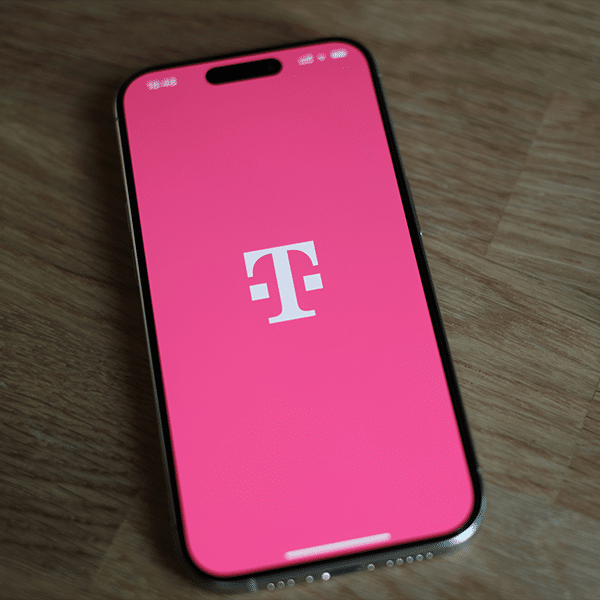 Sprint CEO Dan Hesse today likened Sprint’s network to the brick house built by one of the three little pigs.
Sprint CEO Dan Hesse today likened Sprint’s network to the brick house built by one of the three little pigs.
“It will take longer but when we’re done we will have the best house,” he said.
Hesse made his remarks at the UBS Global Media & Communications Conference in New York , where he also noted that Sprint is doing a “complete rip-and-replace” of its network — a “painful process” that will drive some customers to churn, he said. Hesse added, however that the company’s churn problems should be over by mid-2014.
Hesse offered considerable detail about Sprint’s network plans including its high-speed Sprint Spark service, which debuted today in Chicago. In addition he detailed Sprint’s high-definition voice offering and said he would be open to sharing network infrastructure with another carrier.
Igniting Spark
Announced in late October, Sprint Spark will provide high-speed data service by combining multiple LTE channels operating in the 2.5 GHz band into a single larger connection. Initially it will support speeds up to 60 Mbps using a single 20 MHz channel. But maximum speed will climb to 120 Mbps in about one year when Sprint begins aggregating two 20 MHz channels and eventually to 180 Mbps using three channels.
For its 2.5 GHz deployment, Sprint is using TD-LTE technology, which separates upstream and downstream traffic using time division duplexing — a departure from what most other U.S. carriers have used and which Hesse painted as a positive.
Unlike the frequency division duplexed technology used by other carriers, TD-LTE can support asymmetrical traffic, he noted.
“You can allocate three to four times as much [bandwidth] to the downlink as to the uplink,” he said, adding that “data traffic is not symmetrical.”
Spark will use tri- band devices that can operate in three different spectrum bands where Sprint holds licenses, including the 800 MHz, 1900 MHz and 2.5 GHz bands.
Sprint until now has offered five tri-band phones, two tri-band hotspots and a tri-band dongle for use with Spark. In addition the company today added a Sprint Spark version of what Hesse called the “iconic” Samsung Galaxy 4.
Spark devices should have excellent battery life because the intelligence required to determine which spectrum band the device should use at a specific time will reside in the network, Hesse said.
Hesse painted Sprint’s diverse spectrum holdings as a positive, noting that the company’s high-frequency 2.5 GHz spectrum holdings will provide excellent speed while its 800 MHz low-frequency spectrum is good for in-building use and its 1900 MHz spectrum will offer a “good combination of high speed, capacity and coverage.”
Part of Sprint’s network rebuild involves deploying equipment that can support a wide range of spectrum bands, giving the company flexibility, Hesse said. And that means Sprint could “host other companies on our towers without major work,” he said.
Asked about a possible opportunity to work with a company such as Dish Network, which has spectrum it has not yet built out, Hesse said he was “very open to network sharing.”
HD Voice
Hesse positioned HD voice as a means for Sprint to minimize churn.
“It won’t be long before people say ‘Let me hang up this landline and call you back on wireless,’” he predicted.
It will take a little while before HD voice reaches critical mass, however, as it requires HD voice-capable phones at each end – and initially both phones will have to be from the same manufacturer.
By mid-2014, however, half of Sprint’s customer base will have devices capable of supporting HD voice with any other HD voice-capable device, Hesse said.


